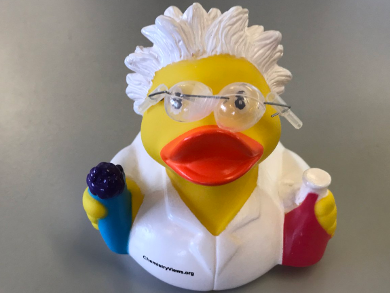Chemistry is beautiful. There is a danger that the student immersed in the morass of content and assessment loses track of what attracted them to the discipline in the first place. In the laboratory they should be reminded of how colorful, exciting and rewarding chemistry can be. It is a tragically wasted opportunity when the laboratory experience is reduced to a recipe-following exercise in patience.
The laboratory is an inherently social environment. Our cohort of students are bound together by a shared experience and have plenty of time to chat while refluxing, filtering, or collecting data. Occasionally, they even discuss the chemistry that they are doing. When they make a particularly attractive sample they can seek affirmation and appreciation from their peers. Why should the celebration of a particularly cute crystal or a brilliant colored solution, even a satisfying effervescence be confined to the laboratory? After all, surely a history-studying flat mate would be impressed by a Prussian blue?
#Phonar Campaign
We have been inspired by the #phonar campaign that sought to use social media to share photographic narratives [1]. The hashtag itself became the iconic symbol of #phonar and was available in a suite of promotional materials. In 2014 we responded by developing #phonarchem (see Fig. 1). In a chemistry conceit, we imagined the hashtag as the molecule octamethylcyclobutane, which we inevitably termed hashtagane. As inorganic chemists we preferred a hypothetical silicon-nitrogen analogue that we could depict a little more colorfully (see Fig. 2). A set of laminated cards were prepared with the organic hashtagane on one side and the inorganic molecule on the other (see Fig. 1) [2].
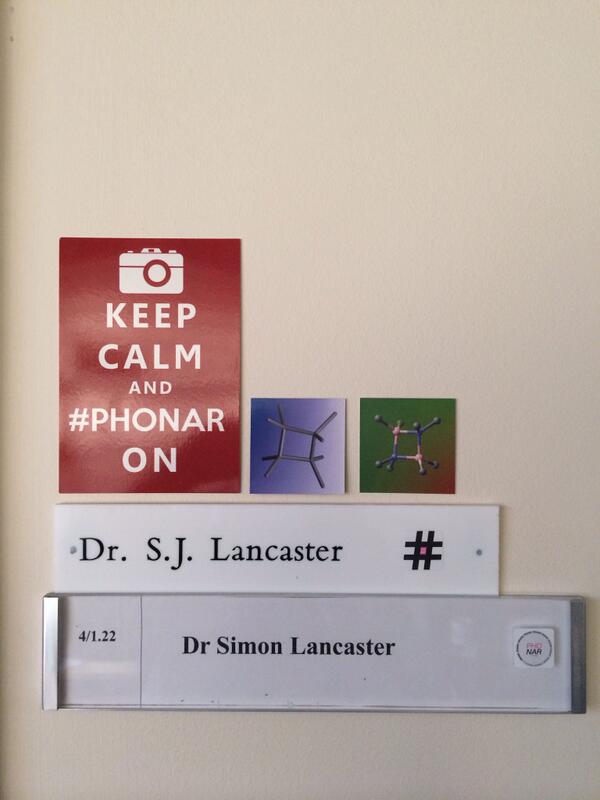
Figure 1. #phonarchem and its influences.
Students were invited to photograph anything of interest going on in the laboratory and wherever possible to include the image in their composition. As expected, the results varied from the descriptive (see Fig. 3), to the flippant (see Fig. 4) and ultimately the celebratory (see Fig. 5). In an earlier week we even had chemists in the US complimenting students on their crystals. Where else but Twitter could a laboratory class be shared worldwide?
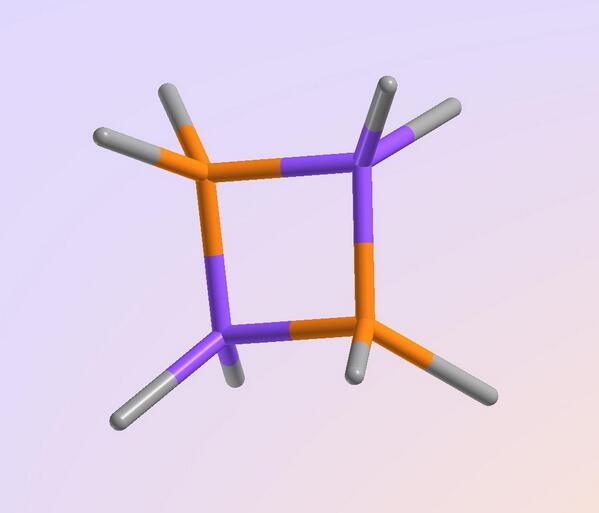
Figure 2. Well it looks a bit like a hashtag …
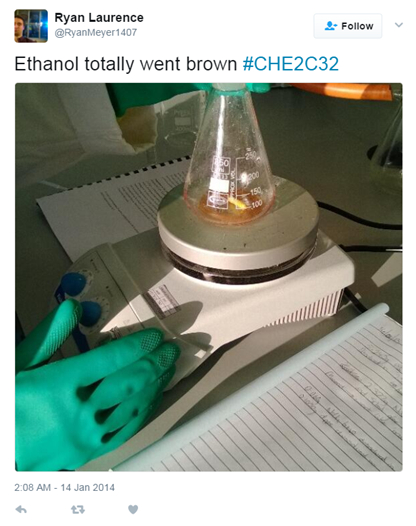
Figure 3. Yes, it’s supposed to go brown.
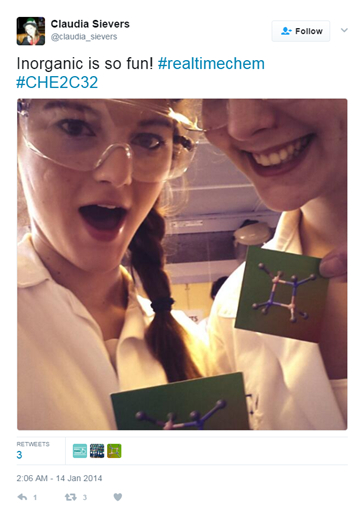
Figure 4. Fun in the lab!
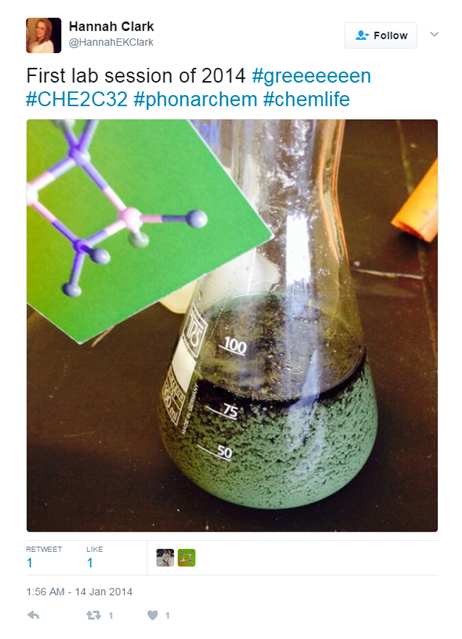
Figure 5. Celebrating the formation of ‘green’.
One of the downsides of a medium like Twitter is its ephemeral nature. We wished to capture the insights and collective experience of our students. To this end we employed the Storify platform to aggregate the tweets. This had the added benefit of enhancing accessibility by providing internet access to students who chose not to open a Twitter account [3].
#Chemquackers
Despite the persistent interest in the Storify account, it was apparent that hashtagane had failed to truly capture the hearts of all our students (see Figs. 6a and b). What was required was a unifying meme to channel the latent love for the discipline. In the lovable rubber duck, Chemquackers, the marketing department of Wiley-VCH/ChemistryViews.org have given us such a figurine [4, 5].

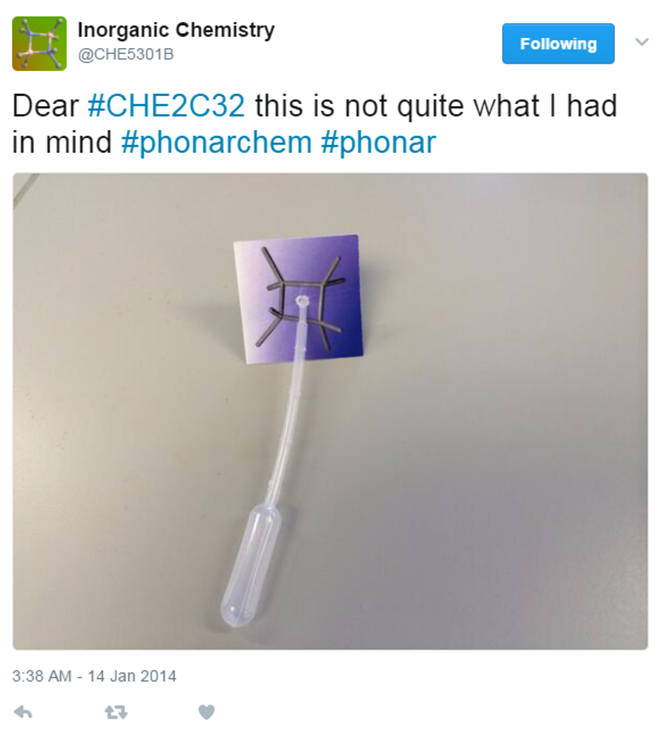
Figure 6. The fate of the unloved hashtag (card).
In 2017, the #phonarchem experiment was repeated, aggregating through the new module code #CHE5301B and #chemquackers. Reflecting the shifting social media preferences of our undergraduates, an Instagram outlet was added to Twitter. Chemquackers quickly inveigled themselves into our laboratory (see Fig. 7) [6].
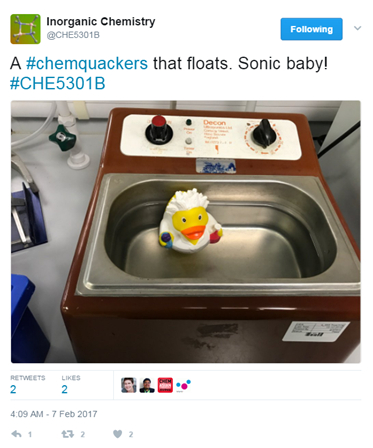
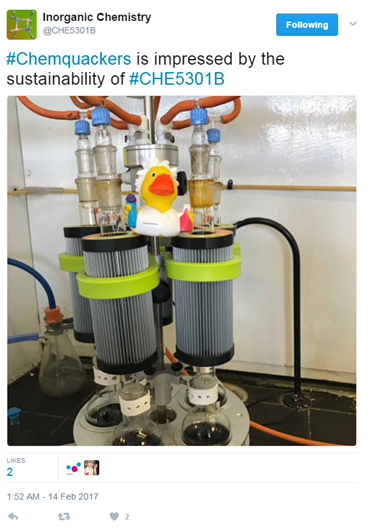
Figure 7. Chemquackers explores the teaching laboratory.
We quickly realized that the duck presented valuable teaching opportunities. Inevitably if you place a rubber duck at the heart of your pedagogy, humor is an essential component. We would argue that it also promotes creativity. In Figure 8 Chemquackers is illustrating how to layer aluminium foil to insulate a reaction vessel.
All too often, the students compartmentalize their undergraduate course modules, even regarding laboratory experiments as remote from the lecture material. One of our ambitions as demonstrators is to break down those divisions. We found that Chemquackers provided a more relaxed entry into constructive discussion of the underlying chemistry than a formal opening question.
For us, perhaps the most pleasing aspect of our dalliance with the gender-neutral waterfowl was the fresh outlet it provided. As one of our undergraduates wrote:
“Introducing Chemquackers into the CHE-5301B lab encourages and motivates students to spread how fun and interesting Chemistry can be on social networks. It has created a fun and creative lab environment that allows students to broadcast how they feel about the module and how beautiful inorganic chemistry can be. Whether it’s taking pictures of a purple vanadium complex or of Chemquackers overlooking the famous University of East Anglia (UEA) lake, it creates a spark of enjoyment and makes a one hour reflux more entertaining.
I personally never considered the social media aspect of chemistry to be important before Chemquackers was introduced into our CHE-5301B labs, however now I think that it should be included in all our labs so our knowledge and experience of chemistry inspires more people to learn more.”
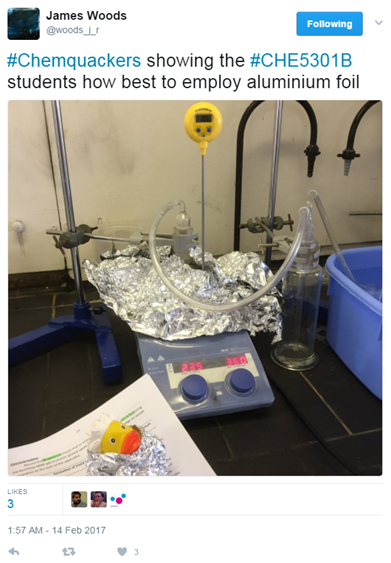
Figure 8. How to lag a duck.
We are aware that many laboratories still enforce blanket bans on mobile phones. In many cases these restrictions derive from a time when all you could do with your mobile device was call. We are not aware of many chemistry laboratories in which similar bans on calculators are in place. Safety was at forefront of our considerations and we crowd-sourced a set of rules for the use of devices. In good laboratory practice too, Chemquackers had a role to play (see Fig. 9). Chemquackers’ finest hour in our laboratory probably came when one of our students took it upon themselves to craft that crucial missing element in their chemist’s attire (see Fig. 10).
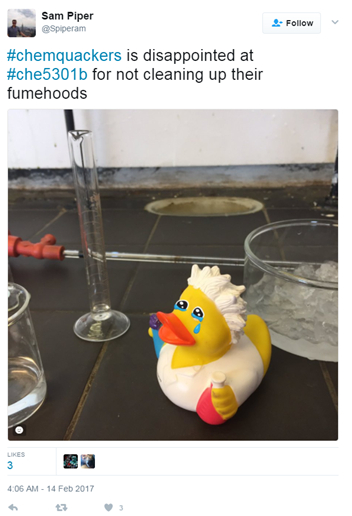
Figure 9. Chemquackers berates some messy students.
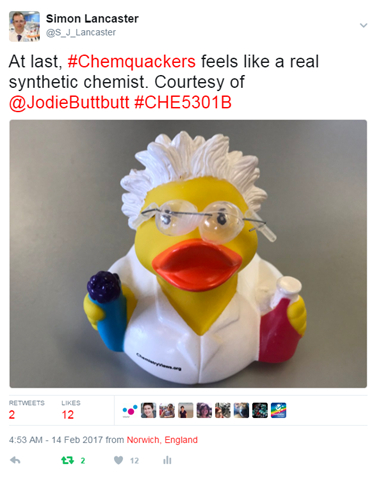
Figure 10. Safety spectacles made from pipettes.
The power of social media can enhance and expand the laboratory experience. Employing a focal meme such as Chemquackers can help to reduce inhibitions. It can also open your laboratory to the development of higher order thinking skills such as creativity and make the learning more engaging.
References
- J. Worth, The Learning Cliff: Peer Learning in a Time of Rapid Change in MOOCs and Their Afterlives, in Experiments in Scale and Access in Higher Education (Ed. E. Losh), The University of Chicago Press, Chicago, USA, 2017.
- S. Lancaster, Round up of tweets to #phonarchem, Storify 2014. [accessed 16/5/17]
- S. Lancaster, Second year inorganic chemistry at UEA, Storify 2014. [accessed 16/5/17]
- S. Lancaster, Chemquackers, Storify 2016. [accessed 16/5/17]
- The rubber duck is a product of mbw Vertriebsges. mbH, Wanderup, Germany, selling promotional products.
- S. Lancaster, Inorganic chemistry laboratory 2017, Storify 2017. [accessed 16/5/17]
Authors
Simon J. Lancaster*, Jodie Ward, and James R. Woods
School of Chemistry, University of East Anglia, Norwich Research Park, Norwich NR4 7TJ UK
[email protected] @S_J_Lancaster @CHE5301B
